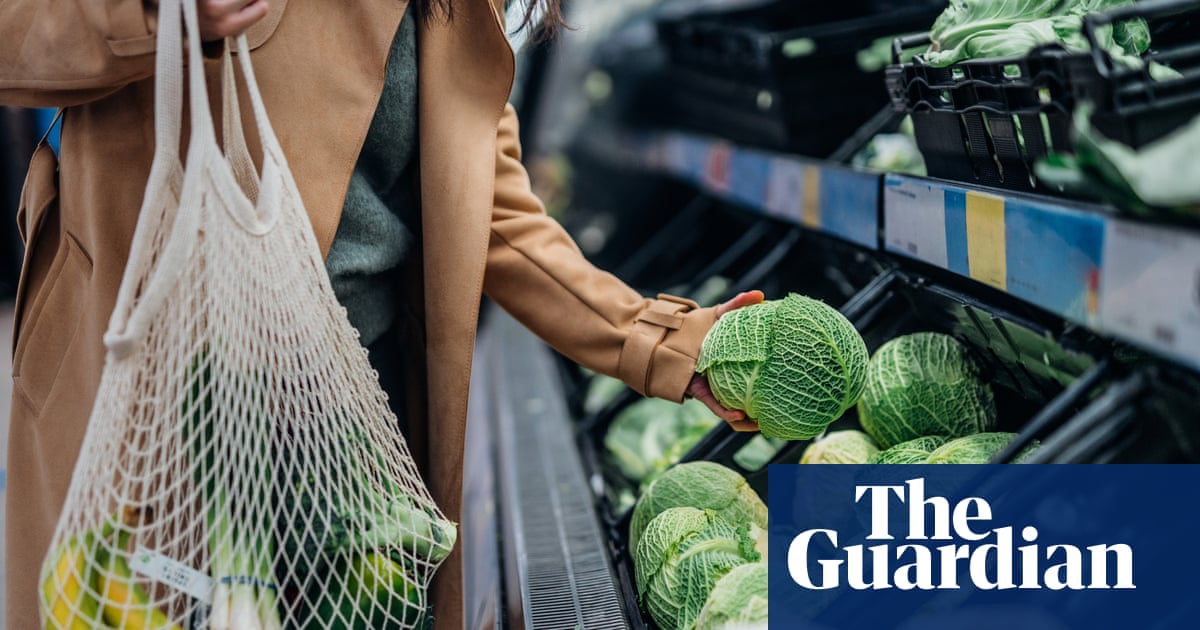In 2004, Donald Davis and fellow scientists at the University of Texas made an alarming discovery: 43 foods, mostly vegetables, showed a marked decrease in nutrients between the mid and late 20th century.
According to that research, the calcium in green beans dropped from 65 to 37mg. Vitamin A levels plummeted by almost half in asparagus. Broccoli stalks had less iron.
Nutrient loss has continued since that study. More recent research has documented the declining nutrient value in some staple crops due to rising atmospheric carbon dioxide (CO2) levels; a 2018 study that tested rice found that higher CO2 levels reduced its protein, iron and zinc content.
While the climate crisis has only accelerated concerns about crops’ nutritional value, prompting the emergence of a process called biofortification as a strategy to replenish lost nutrients or those that foods never had in the first place.



As you say, you’re not a farmer.
Monocropping is vastly more efficient on a number of counts, especially labour input. I can’t emphasise enough what a big deal that is, it’s really the only reason anyone is getting fed.
Yes, there’s a lot of problems with agriculture - predominantly its scale and extent, but eight billion mouths take a lot of feeding. Topsoil loss should be our main concern, together with biogeochemical flows/losses. Every other issue is fairly minor in comparison, really.
If North America could solve it’s food waste problem we would not need so much industrial monocropping that actually feeds no one.
Again, that’s not really how food production works - although it is a problem. Production surpluses are an essential buffer to deal with both supply and demand shocks, the elasticity this provides is (and I’m repeating myself) the only reason anyone is getting fed.
Capturing that food waste so it can at least end up back in the soil, yes, that’s something that needs improving.
deleted by creator